Covid-19 brought uncertainty and pressure to businesses across the financial services sector, with many still feeling the burden of trying to adapt to a new economic landscape. Over a year into the pandemic, the lending industry is facing the many challenges brought about by the pandemic head on, and one obvious adjustment is an increase in the digitization of services.
The lending landscape is certainly changing, with the digital lending platform market predicted to account for $15.3 billion by 2026, up from $3.5 billion in 2018. The question is, how can lenders capitalize on the opportunities that have been presented and shift their focus to embrace digital lending?
The impact of Covid-19 on the lending industry
Along with the economic impact of the pandemic causing shockwaves throughout the financial services industry as a whole, Covid-19 has left its trace in many ways. Physical contact and in-person touchpoints during financial transactions are being shunned, whether through social distancing measures or people’s own concerns about protection.
The digitization of companies has accelerated to facilitate remote working or to increase their visibility in the new economic landscape, with digital transformation spending growth higher across all sectors post-Covid. The race to digitize has meant improved internet access throughout much of the world, and with 5G deployment, it should also be more stable.
The effects of the pandemic are challenging businesses in terms of their commercial resilience, and more are now looking for loans or loan extensions simply to survive the crisis. And with market conditions and pandemic regulations/best practices changing so often, having to wait too long for financing can be the difference between success or sinking. In fact, research conducted by Encompass Corporation uncovered that 41 percent of businesses were planning on changing banking provider because of the poor service they received at the heart of the crisis.

The traditional SME/corporate lending process could be slow pre-Covid. Per a 2018 McKinsey report, the average “time to decision” was between three and five weeks, and it was often almost three months before the cash would be received. Of course, digital lending processes allow for much more profitable speeds.
The same report shared that, by reducing its “time to decision” for SME lending from 20 days to a matter of minutes through digital lending, a leading European bank boosted its average margins by more than 50 percent. Now more than ever, speed of lending decisions and payments can be critical to business survival.
Globally, governments have extended Covid-related financial support for businesses, but this relies on banks integrating the right software for these types of loans. And with the speed that those in power had to try to scramble to facilitate financial support, some businesses have fallen through the cracks in terms of entitlement. The speed offered by digital lending in a post-Covid world will be essential for many businesses and individuals who suffered during the pandemic and are in need of a quick recovery.
Digital lending in 2021
2020 may have been a time of uncertainty for lenders as they reacted to the immediate impacts of Covid-19, but 2021 is a time to really focus on what their digital lending experience offers. While traditional face-to-face lending might seem more customer focused, the reality is that customers now want the speed and convenience they’ve come to expect from service providers, and that speed and convenience comes from digital.
There are issues to consider around compliance and regulations, and at the beginning of the year, 200 lending apps on the Google Play Store India were removed after an investigation into aggressive, unethical and/or illegal practices. While that is the extreme end of the scale, it’s vital to avoid any potential security or compliance issues, so lenders need to be able to completely trust in the technology.
Furthermore, lenders will need to bear in mind the impact of the pandemic on the housing market; more specifically, the need for appropriate housing. During the height of lockdowns across the world, millions of workers switched to homeworking. And it’s predicted that, going forward, between 25 and 30 percent of workforces could be working from home at least part time by the end of 2021.

The fact is that many employers discovered that remote working was as productive as their regular, and now potentially risky, on-site working practices. This is – and will likely continue – having an impact on the housing market. Homeworkers need a suitable space, something that not everyone has, so more people will be looking to buy homes more convenient to remote working.
Riding the post-Covid ‘lending wave’
The digitization of the lending industry has been evolving for a number of years. The pandemic has only increased the urgency to implement digital solutions and made it even more appealing to consumers and businesses.
An automated digital process that is also part of a wider business ecosystem is going to be key. And for lenders to be completely customer-centric and maintain healthy figures, it will be vital to transform to this, while using the best and safest solution. They need to embrace this new way of doing business, and they need to do it as soon as possible so as not to miss the “lending wave” that’s come off the back of the recent global crisis.
With the growth in new lending requests, lenders must be prepared; and without digital processes and automation, they’ll find it hard to handle the new volumes of lending they’re sure to be facing.
Find out more about how Sopra Banking Software can help you by visiting the Sopra Financing Platform page.